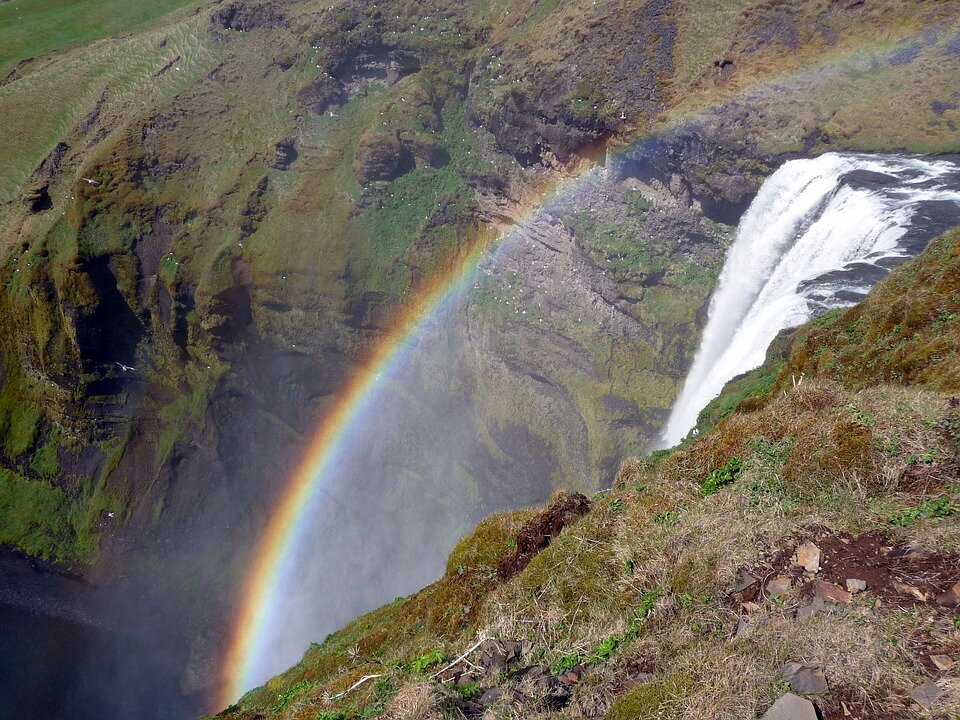Safety first:
Safety is always top priority when traveling to unknown destinations. Iceland is one of the safest countries in the world to travel in, with extremely low crime rates and good medical care. The main dangers that travelers will face will usually be related to the quickly changing weather and natural hazards like slippery rocks or steep cliffs. Car accidents are also something to be aware of, especially in the winter months when driving conditions can be hazardous. Be sure to have a good travel insurance policy - we can help with that!
What to wear and pack:
Iceland is a country where the weather can change very quickly, whatever time of year you visit. Layers are going to be the answer, we’d suggest thermal base layers, then warm mid-layers like fleeces, followed by waterproof and windproof outer layers.
You’re also going to want good hiking boots or shoes, gloves and a hat. If you’re visiting any of the thermal springs, save money by bringing your own towel, and of course don’t forget your swimwear, and maybe a waterproof case for your phone so you can get the perfect selfie!
Currency:
The local currency is the Icelandic Kroner, or ISK. There are ATM’s around the country from where you can withdraw cash, just be aware that they will all charge you a fee for doing so. Most places accept international credit cards, however, it is always worth having cash on you just in case cards are not accepted.
Budget:
Iceland is far from a budget destination, and prices vary depending on the time of year you visit, with the peak summer months tending to be much more expensive than the quieter winter months.
A mid-range hotel room will generally be in the region of $80 – $150 a night, and this will often include breakfast. Food is a real budget-killer in Iceland. Even burgers from gas stations will be in the range of $10 – $15, whilst a sit-down meal at a restaurant will have prices in the range of $30 – $50 for a main course.
The good news is that many of the attractions themselves, and particularly the natural attractions like waterfalls and national parks, are free to visit.
Tipping:
Tipping is generally not expected in Iceland for service. At many restaurants, a tip is already included, so do check your bill before you add a tip.If a tip is not included, it’s not common to leave a tip, although it is not rude to leave a tip if you wish, around ten percent would be a reasonable amount to tip in Iceland. Alternatively, many people choose to round up the bill to the nearest 1,000, which is also very acceptable.
Language spoken:
While very close to Danish and Norwegian, the Icelandic language remains totally unique. Words with far too many consonants abound, and syllables seem to just blur together. Unlike other languages that have changed drastically over the centuries, Icelandic remains very close to its original roots. A Bible from the early 1500s (the first one printed in Icelandic, which can be found in a folk museum in Skógar) can still easily be read by Icelanders today.



















































